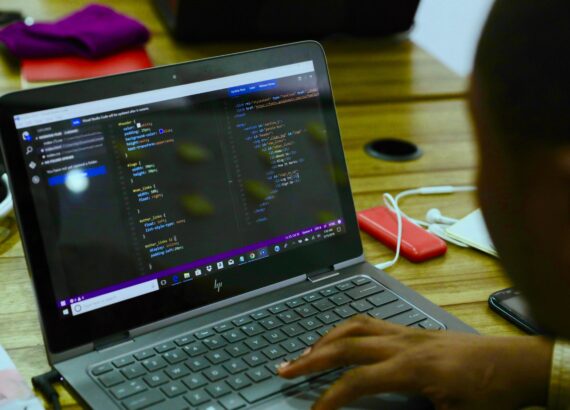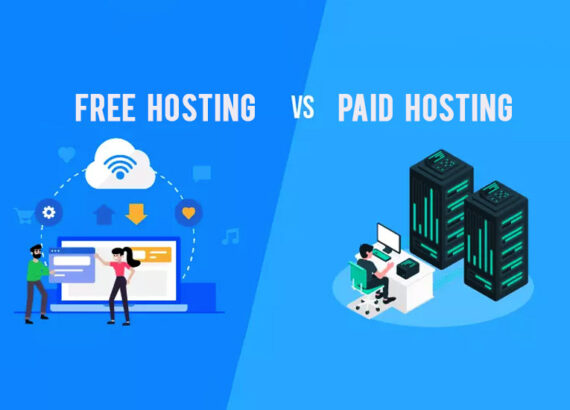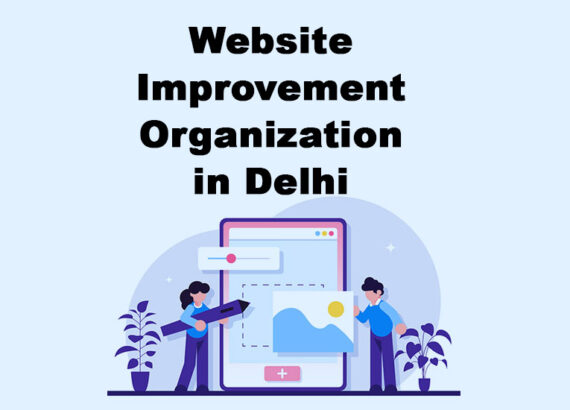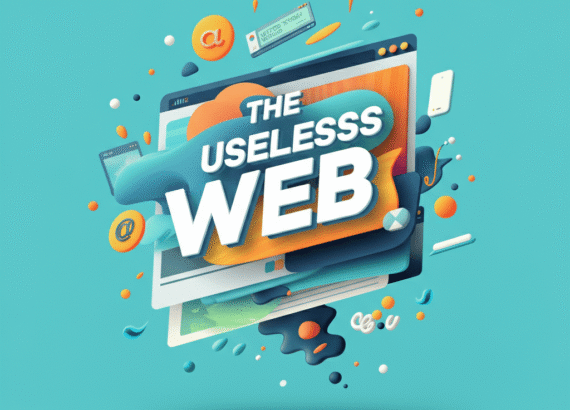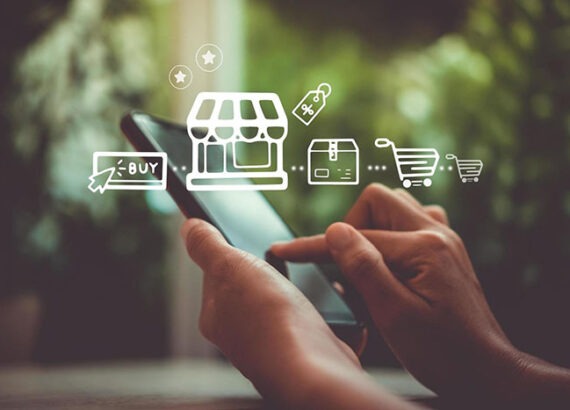Hey, techies and non-techies? If you’ve been browsing tech X, scrolling through Instagram, or hanging around creative spaces online, chances are you’ve come across the term “vibe coding.” It sounds catchy, almost mysterious. But what does it really mean? Well, vibe coding is a cultural shift. A design-first, emotion-driven way of building digital products where feeling matters as much as function.
Let’s dig deep into this vibrant concept. In this blog, we’ll break down what Vibe Coding really is, how it’s transforming the world of technology, and why it holds immense potential not just for developers but also for non-techies, creatives, marketers, students, and just about anyone with an idea waiting to be built.
A Moodboard Turned Movement
At its core, vibe coding is exactly what it sounds like—coding for the vibe. That means designing and developing digital interfaces that don’t just work but feel good to interact with. You know when you open a site, and the scroll feels buttery smooth? Or when an app interface matches your mood so perfectly, you just want to stay on it longer? That’s vibe coding. This isn’t just surface-level design. It’s not about slapping pastel colours and rounded buttons on something and calling it “cool.” It’s deeper. Vibe coding is about capturing an emotion, an atmosphere, and an aesthetic. It’s about experiences that users remember not for what they did but how they made them feel.
Vibe Coding is about:
- Designing with intuition
- Blending visuals and interactivity
- Using minimal or abstracted code
- Creating digital experiences that “feel good.”
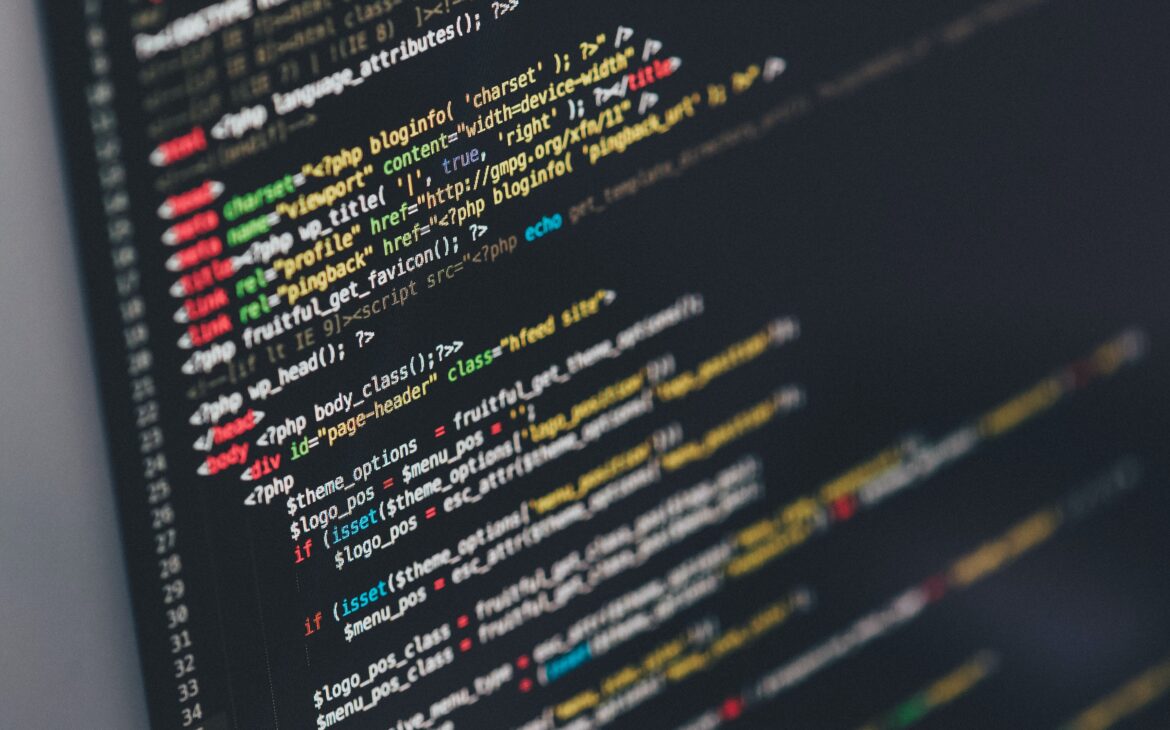
The Origin of the Term “Vibe Coding”
Like many modern ideas, Vibe Coding emerged organically from internet culture—a product of designers hanging out on Figma, indie developers prototyping tools on Framer, and YouTubers using tools like Spline or Webflow to make digital art come alive. Some attribute its rise to platforms like Instagram and X, where creators began sharing slick, beautiful prototypes built with minimal code and heavy attention to mood and feel. The term stuck. It caught on with Gen Z tech creators who wanted to build fast, fluid, and emotionally compelling digital tools without the weight of traditional programming overhead.
Designed for Everyone
The beauty of vibe coding? You don’t need a CS degree or a decade of JavaScript knowledge. In fact, many vibe coders are designers, marketers, small business owners, students, artists—even therapists and musicians—people who never considered themselves “technical” but still want to create online. This is possible because the tools have changed. We now have no-code and low-code platforms like Framer, Webflow, FlutterFlow, Spline, and Tilda that let you build interactive, fluid, and stunning web and mobile experiences using drag-and-drop, visual logic and auto-animations. You focus on the flow, not the syntax. You shape how it feels, not how many lines of code it takes. That’s why vibe coding isn’t just an alternative to traditional coding—it’s a whole new entry point. A doorway for people who were once shut out from the tech space simply because they couldn’t write code.
The Tools That Power the Vibe
You can’t talk about vibe coding without talking about the platforms that made it accessible. Each of these tools empowers users, especially non-coders, to translate feelings into form.
1. Framer: A powerful platform for building websites with smooth animations, transitions, and micro-interactions. Perfect for portfolios, SaaS sites, and storytelling. Its scroll animations, hover effects, and transitions feel like silk. If your site wants to make a lasting impression, Framer is your friend.
2. Webflow: Still the king of no-code web design. Webflow allows you to build complex responsive websites with professional polish and deep customization.
3. Softr: Great for creating internal tools, directories, or resource hubs—using Airtable as a backend.
4. Tilda: Focused on content-driven websites. You can build beautiful landing pages and digital magazines without any code.
5. Spline: For 3D web design and motion. It helps you add a real vibe with animated, interactive 3D elements. Spline lets you play with 3D interactions, building interfaces that feel dynamic and futuristic. It’s not just cool—it’s mesmerizing.
6. Canva Websites: Yes, Canva now lets you create websites. A little simpler than Framer or Webflow, but insanely easy for non-tech users.
7. FlutterFlow: Build mobile apps visually. Drag-and-drop interface + Firebase backend + exportable code. FlutterFlow takes it further by letting you design apps for iOS and Android. You don’t need to hire developers—you can literally design the feel of your app and launch it.
These tools don’t just simplify building—they shift the focus. You’re not just making a product. You’re setting a mood.
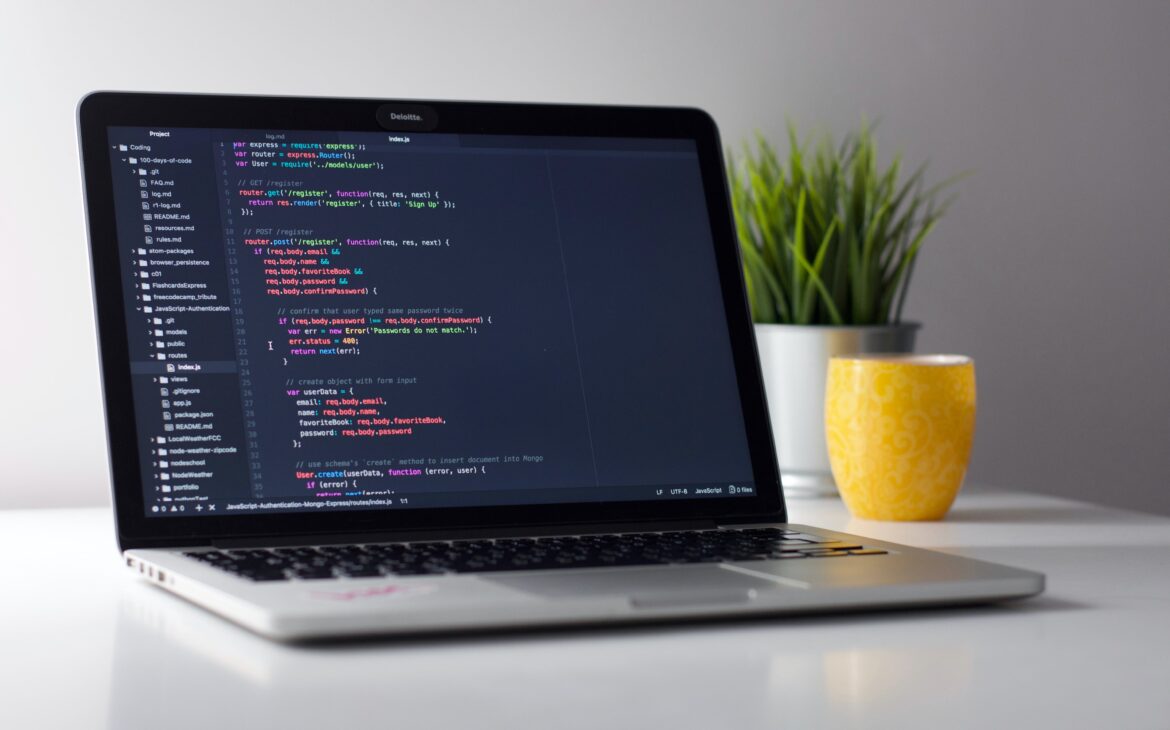
AI Makes It Even Easier
Now, throw AI into the mix, and things get wild—in a good way. With tools like Galileo AI, Uizard, Locofy, and even Figma AI plugins, vibe coding has become faster and more intuitive than ever. You can literally describe your app in plain English—”a soft-pink app that helps users track their moods with calming visuals and daily quotes”—and watch AI generate a usable interface. AI bridges the last technical gaps. It makes design generation smarter, content flow smoother, and visual decisions faster.
Fields Embracing Vibe Coding: E-commerce, SaaS Marketing, Portfolio Design, Event Pages, Branding Agencies, Influencer Websites, Online Coaching Platforms
Conclusion
In conclusion, you’re not just creating a webpage—you’re crafting a digital emotion. You’re giving shape to energy. You’re letting your story live, scroll, animate, and glow. Besides, it’s a wonderful opportunity for non-techies!
Follow Nextr Technology for more such updates!
Thank you for reading
Buy Web Hosting at an affordable price: Buy Now.
If you want to build your website at an affordable price, contact www.nextr.in
Read this: How AI is Changing Education





